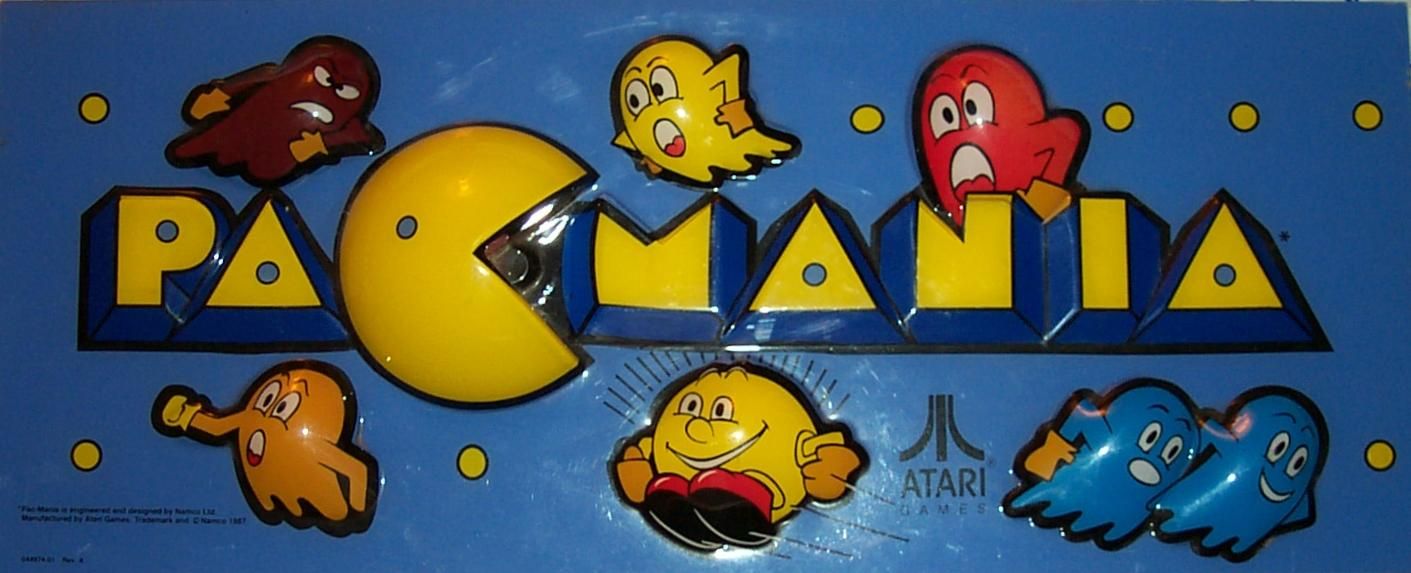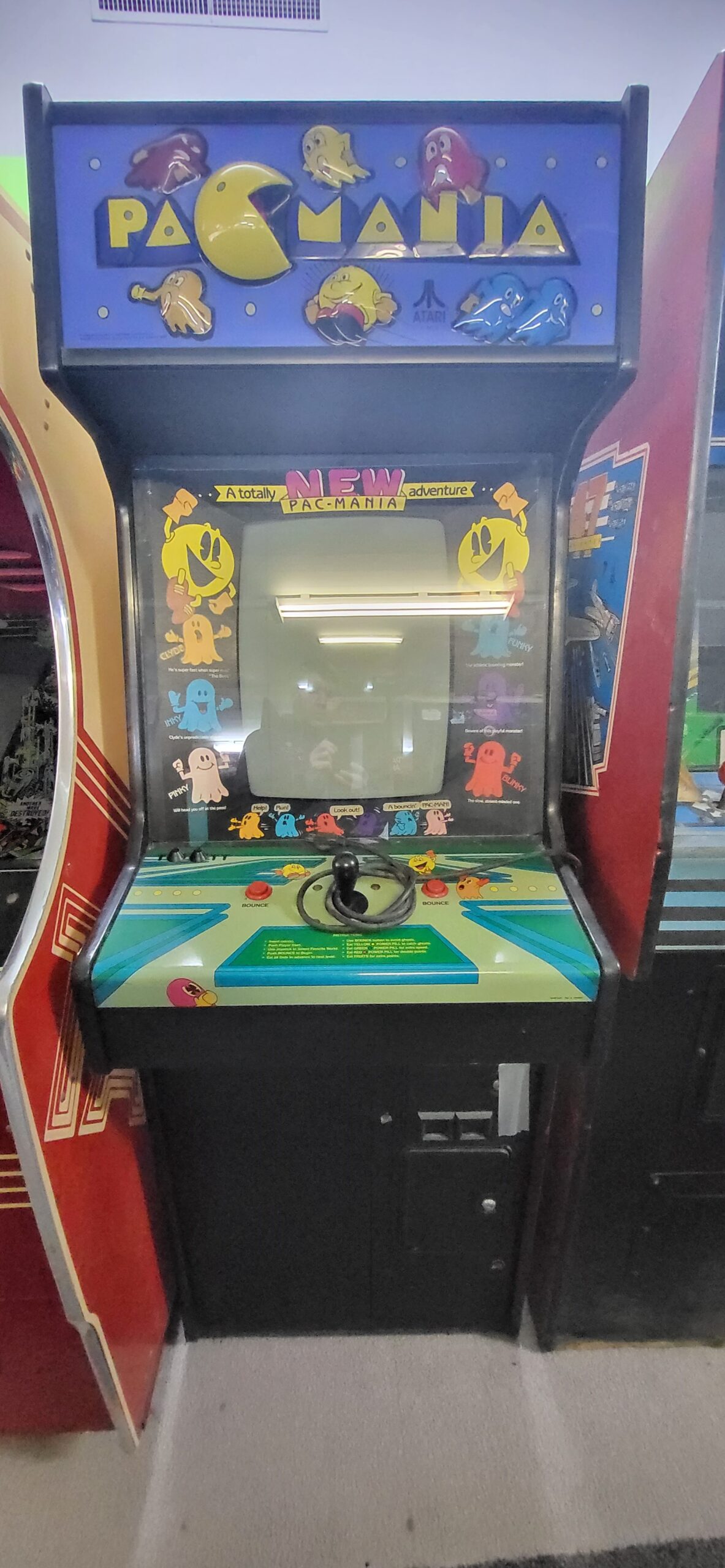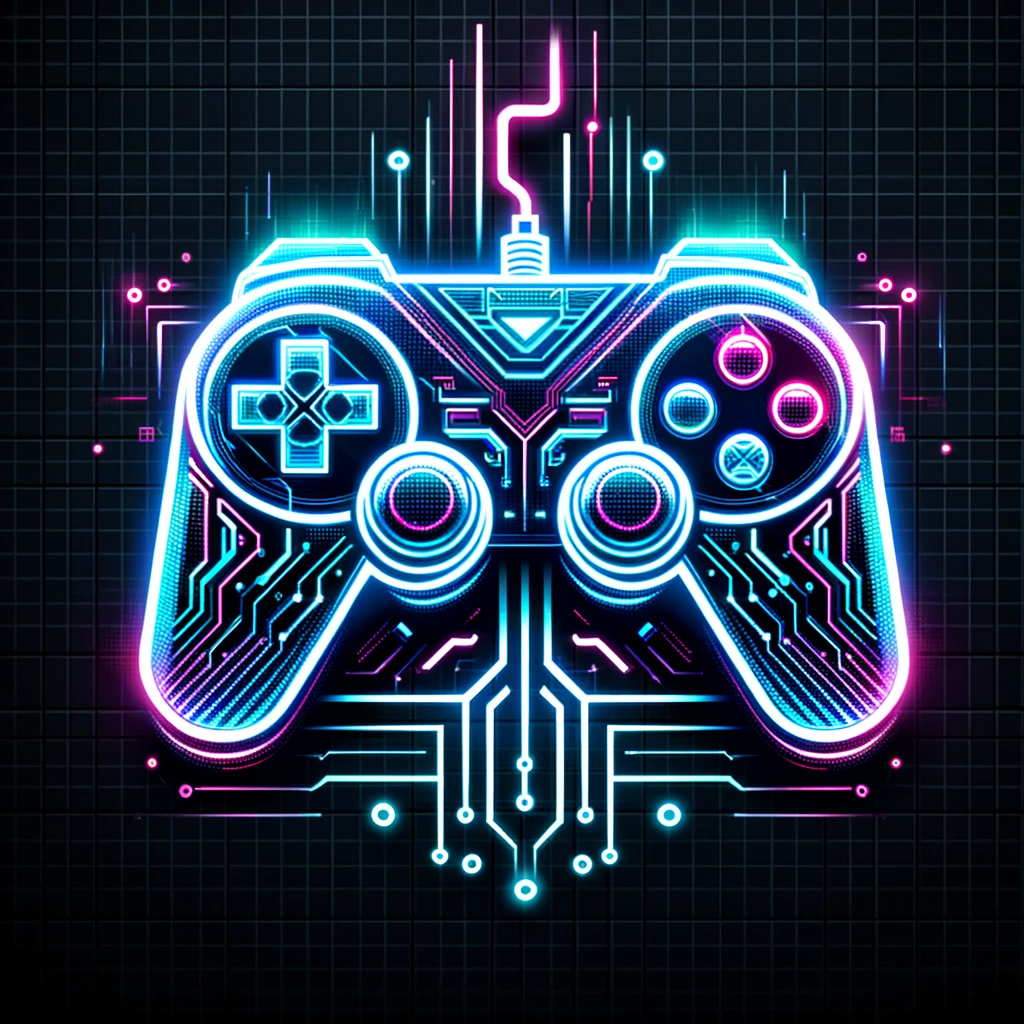
Pac-Mania
Arcade / Namco 1987
Pac-Mania is a classic arcade game developed and published by Namco in 1987. It is the third installment in the iconic Pac-Man series, following the original Pac-Man and its sequel, Ms. Pac-Man. Pac-Mania introduces several significant changes to the traditional Pac-Man formula, most notably the introduction of isometric 3D graphics, which add a new dimension to the gameplay. Players control the titular character, Pac-Man, as he navigates maze-like levels, consuming pellets and avoiding ghosts.
Pac-Mania was developed by Namco, a Japanese video game company known for creating some of the most influential titles in the arcade industry. Following the success of the original Pac-Man, Namco sought to innovate the franchise with Pac-Mania. The game’s development involved experimenting with isometric graphics, which provided a fresh perspective on the classic Pac-Man gameplay. Released in arcades in 1987, Pac-Mania quickly became a hit, captivating players with its updated visuals and familiar yet challenging gameplay mechanics.
Upon its release, Pac-Mania received widespread acclaim from both critics and players alike. The introduction of isometric 3D graphics was praised for revitalizing the series and adding a new layer of depth to the gameplay. Critics lauded the game’s addictive gameplay, vibrant visuals, and catchy soundtrack. Pac-Mania’s success solidified its place as a beloved entry in the Pac-Man franchise and contributed to the enduring legacy of the series.
Pac-Mania has seen various ports and adaptations across different platforms, including home consoles and handheld devices. It has been included in numerous Pac-Man compilation releases, allowing players to experience the game on modern systems. Additionally, Pac-Mania inspired sequels and spin-offs, further expanding the franchise’s reach and influence in the gaming industry.
While Pac-Mania arcade cabinets are not as rare as some other vintage arcade games, finding one in pristine condition can be challenging. The game’s popularity ensures that it still commands a decent price among collectors. The value of a Pac-Mania arcade cabinet can vary depending on its condition, originality, and location, but well-maintained units can fetch a significant sum in the collector’s market.
Pac-Mania arcade cabinets typically feature standard arcade hardware components, including a CRT monitor, a custom PCB (printed circuit board) containing the game’s ROM chips, control inputs such as joysticks and buttons, and audio components. Common repair parts may include replacement joysticks, buttons, power supplies, and capacitors for maintaining the cabinet’s functionality. Additionally, troubleshooting guides and technical documentation are available for arcade enthusiasts and repair technicians seeking to restore or maintain Pac-Mania arcade cabinets.


